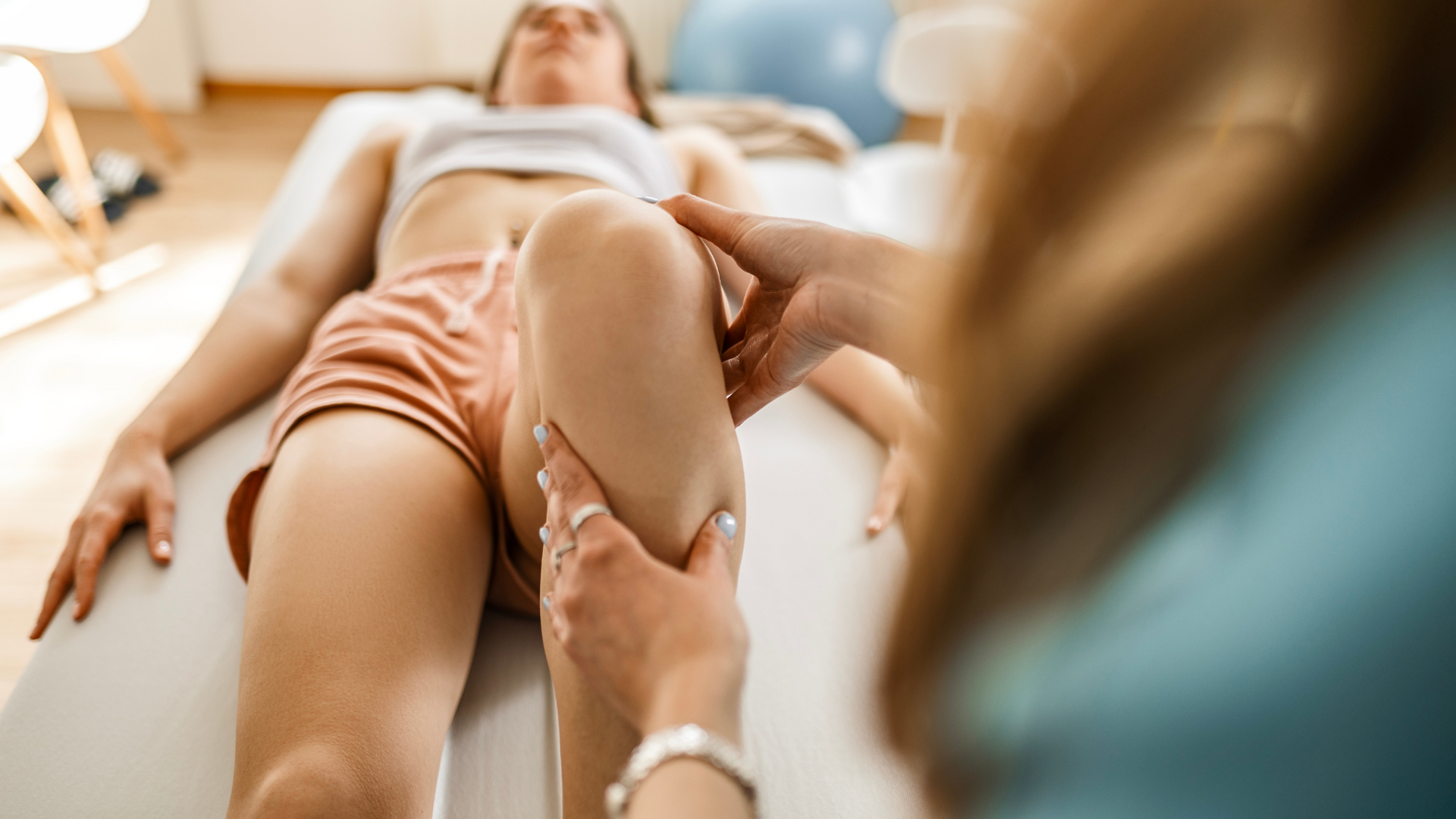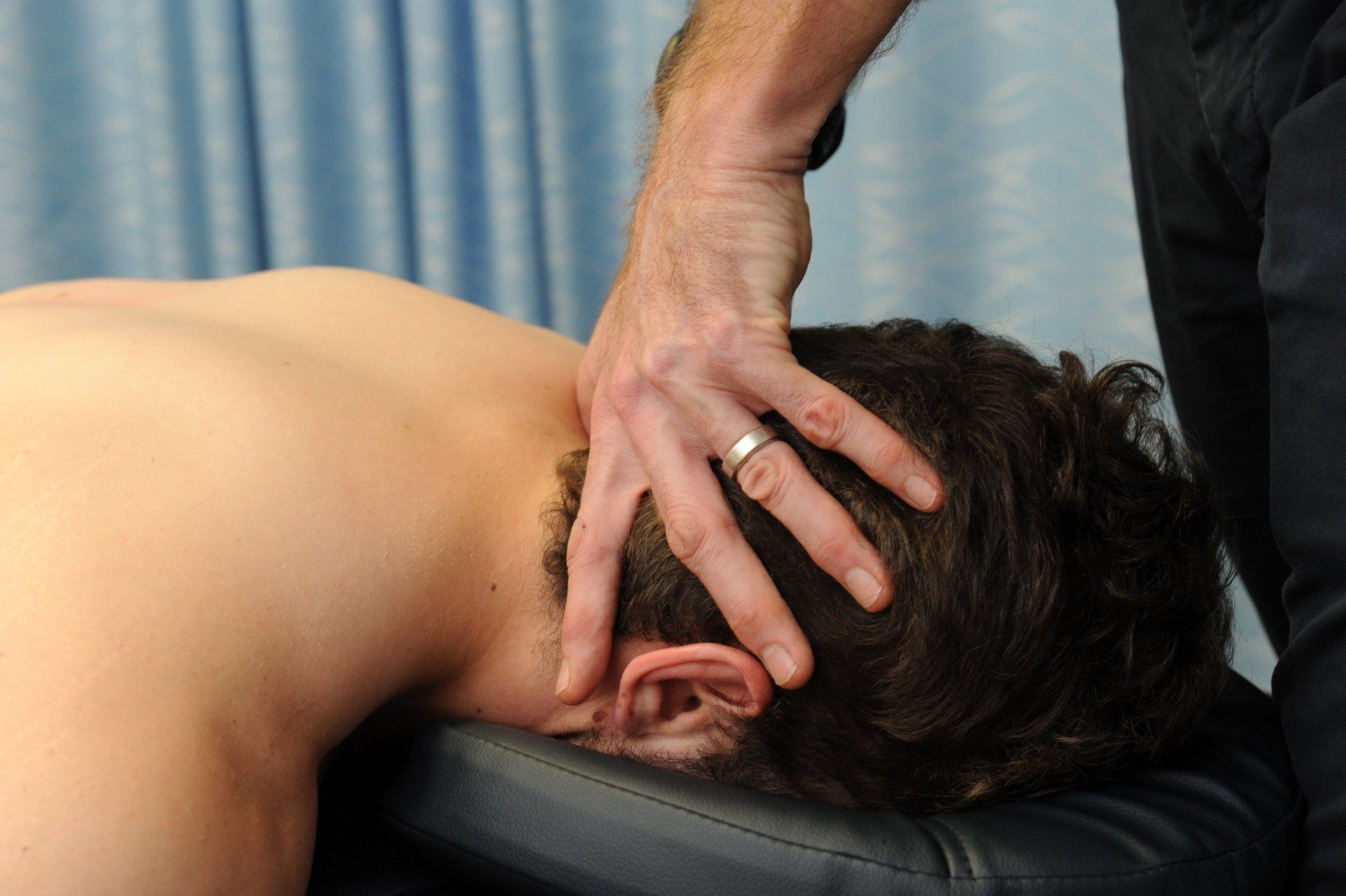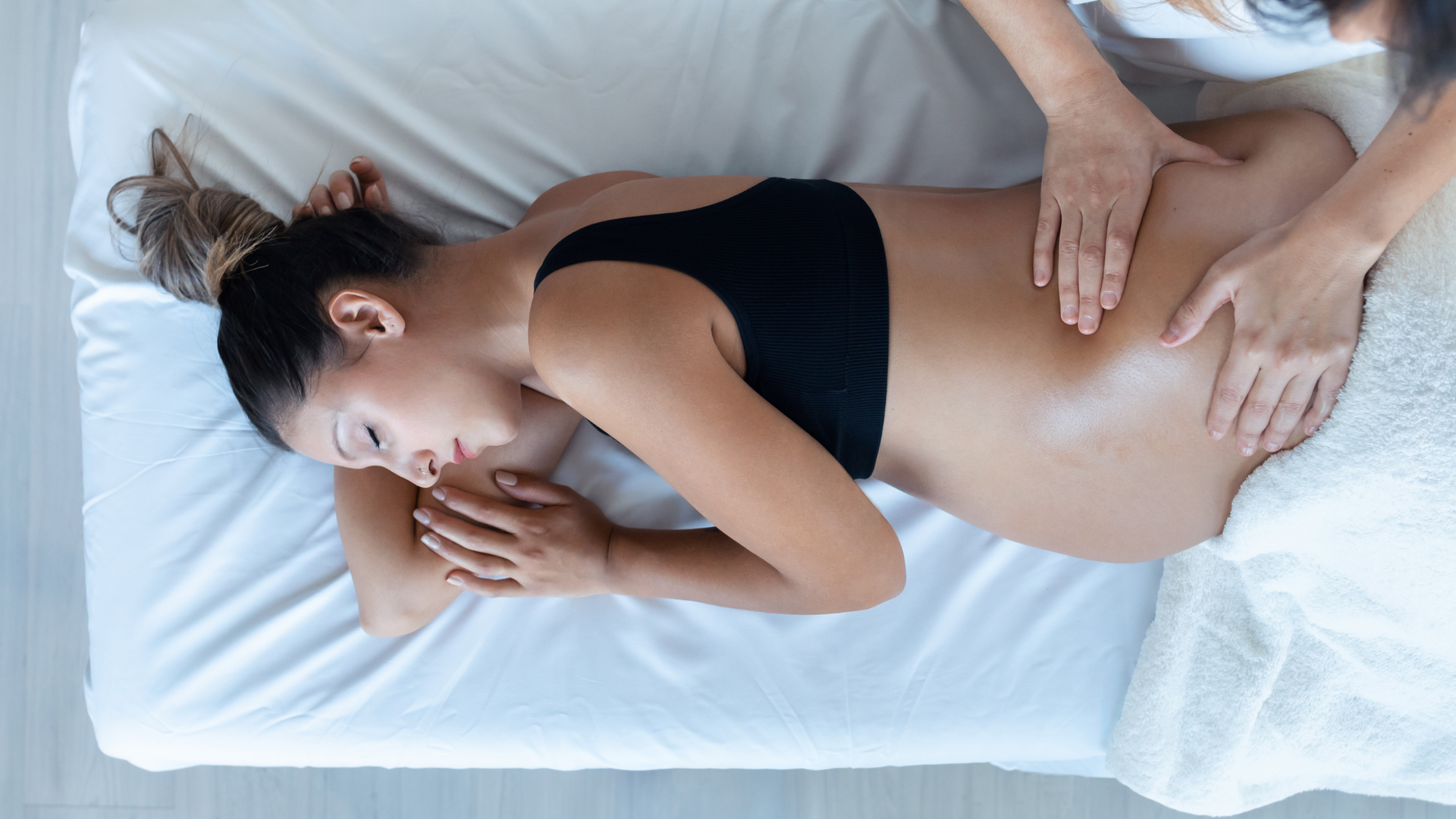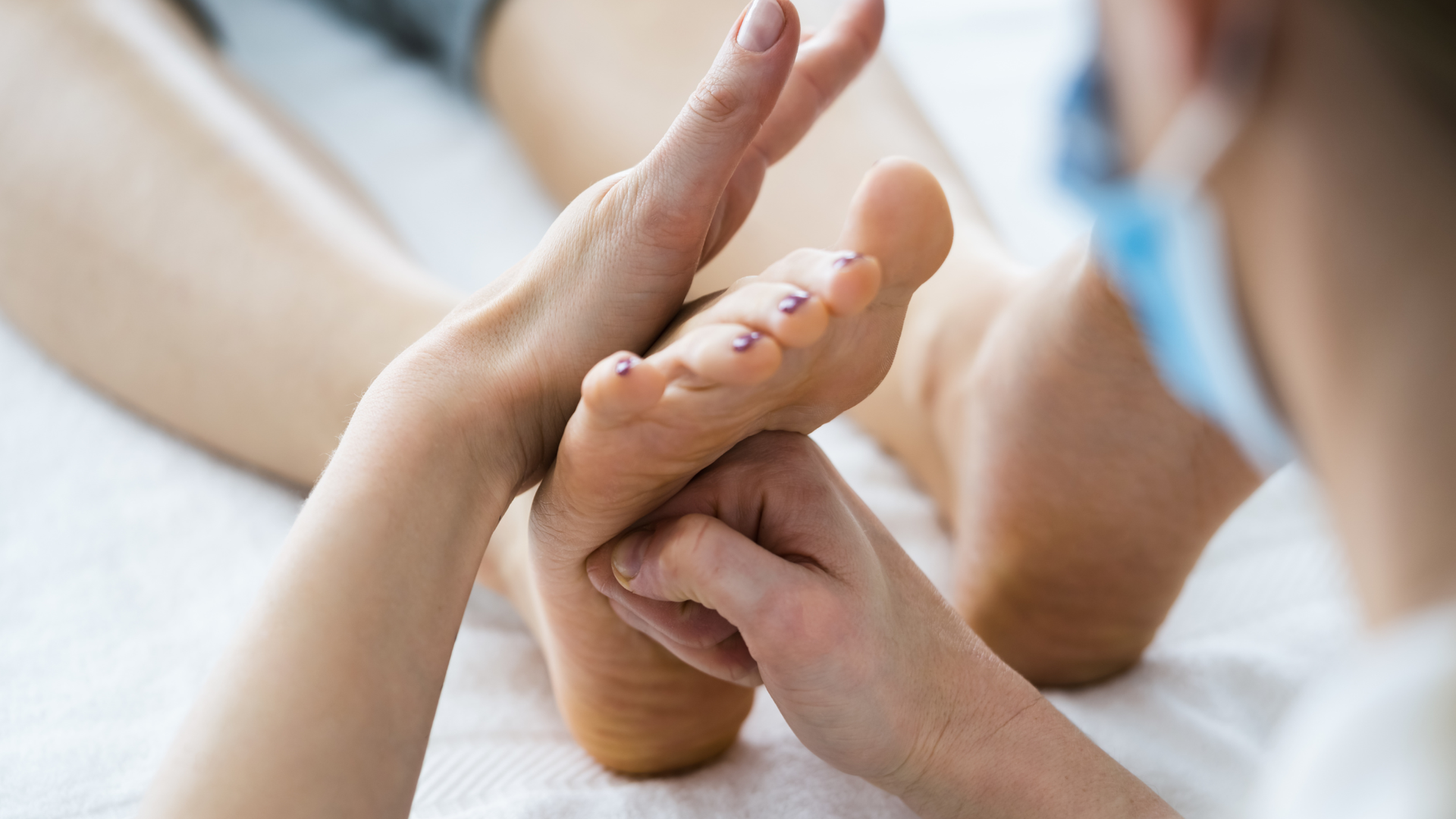Pelvis - Sacroiliac Joint (SIJ) Pain
Back pain rolling over at night or going up stairs? It could be your SIJ.
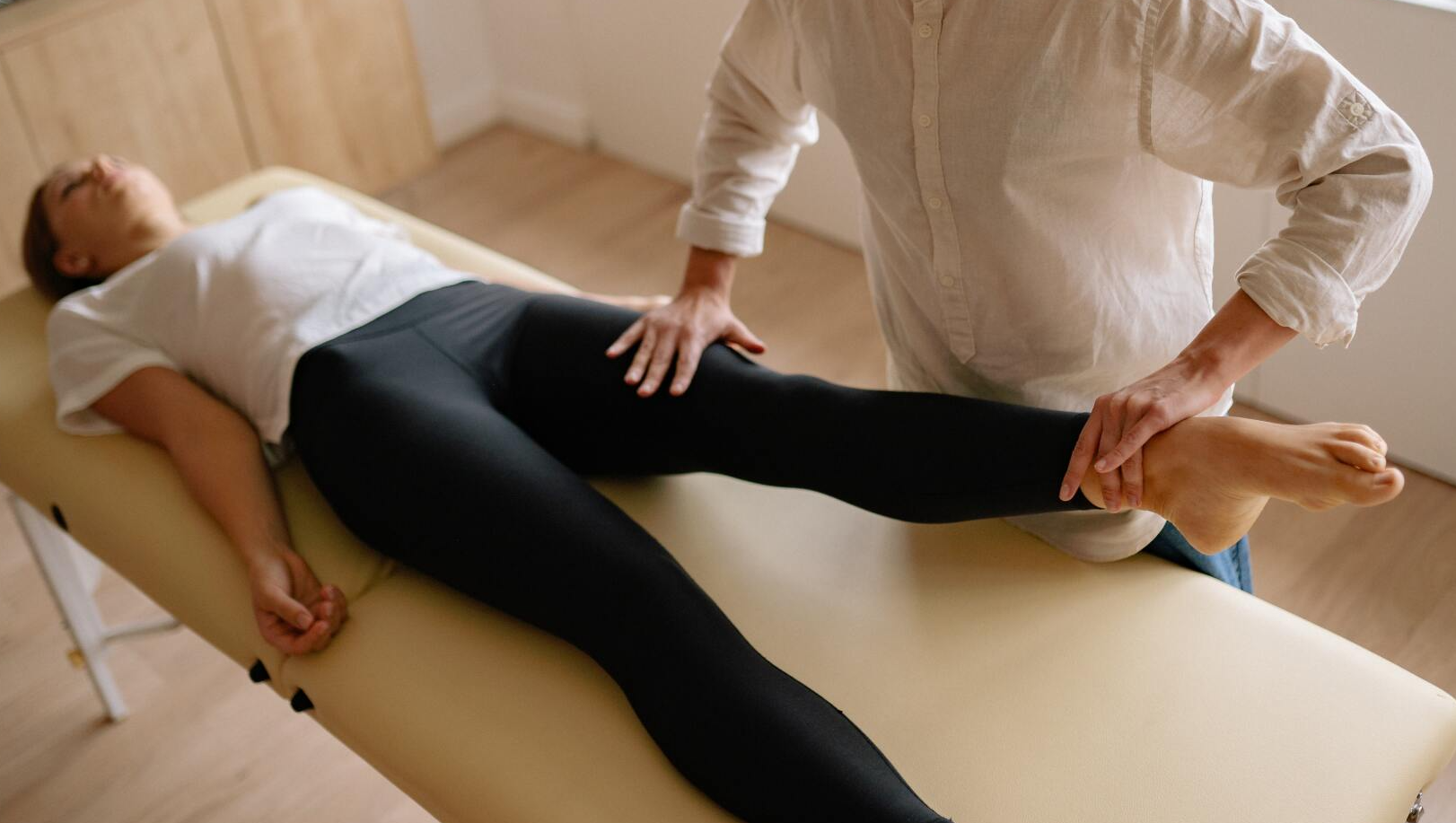
The sacroiliac joint is located between your pelvic bones and sacrum, which sits at the base of the spine. It is an important joint which helps to maintain our pelvic stability and enables us to stand up straight, walk and run. It is also a source of pain for many people throughout our lives. This pain can keep us out of sport, reduce our ability to exercise and stop us from doing the things we love.
Anatomy 101
When it comes to the SIJ, we’re talking big, strong bones, joints and muscles, with lots of supporting ligaments. Best to get a glimpse of this from a picture. Click here to explore the anatomy of the SIJ a little more.
So, who gets SIJ pain?
It is estimated that between 75% and 84% of people will experience an episode of non-specific (common) low back pain at some point in their lives1,2,3, and that of these, 25% may originate from the sacroiliac joint2. This makes it a common cause of low back pain.
People can develop SIJ from several different causes including2:
- A fall
- Motor vehicle accidents
- Repetitive stress e.g. playing golf
- Arthritis or other inflammatory conditions
- Pregnancy
- Leg length discrepancy
- Scoliosis
Statistically there are two age groups most at risk of developing SIJ pain – younger adults with sporting injuries and/or pregnancy, and older adults with joint degeneration e.g. arthritis2.
How do I know if I have SIJ pain?
Diagnosing the SIJ as the source of pain can be tricky. It often masquerades as low back, hip or pelvic pain. Symptoms can be quite vague and intermittent. Generally speaking SIJ pain presents with a number of key symptoms that physiotherapists are trained to assess for. Some of these include:
History of a fall, car accident or incident which brought on symptoms of SIJ pain
- Onset of pain over the later stages of a pregnancy
- Pain with certain activities such as sitting, lying down or walking up stairs
- Excluding other areas such as the lower back and hip joint
I think I have SIJ pain. What do I do next?
SIJ pain can be managed successfully with physiotherapy and a graded, therapeutic exercise program. A thorough assessment is key. Physiotherapists will look for asymmetries with movement, tightness in key muscle groups, and reproduction of pain with certain activities. Treatment will be different for every person, and can include soft tissue work, dry needling, joint mobilisation, taping techniques and supportive belts.
A tailored exercise program focusing on strengthening and improving control of key muscles and movements is imperative. Core stability strengthening is generally indicated, and clinical pilates can be a great way to develop this control. Hydrotherapy (therapeutic exercise in a temperature-controlled pool) can be of huge benefit in acute cases and those experiencing SIJ pain throughout pregnancy. It’s a fantastic way to get a good workout without exacerbating pain. For more information on these, check out our blog on antenatal hydrotherapy.
The Take Home
The vast majority of SIJ pain can be well managed with a period of physiotherapy treatment and a well-designed exercise program. Addressing asymmetries in movement and muscle tone can assist in reducing pain, while targeted exercises that help restore and control movement patterns across the pelvis will assist greatly with longer term symptom management.
Keep in contact with your physiotherapist. When it comes to muscles, joints and fitness, they are the key medical professional. A simple check-up to monitor your trunk strength, range of motion and functional control against baseline measures and adjust an exercise program will help keep you active for longer and your body happier and healthier.
Do you have low back or SIJ pain?
Are you pregnant or been recently been diagnosed with osteoarthritis?
Give us a call. We love the SIJ and we love helping people with all sorts of joint problems get back to doing what they enjoy most.
References
- Thiese et al (2014). Prevalence of low back pain by anatomic location and intensity in an occupational population. BMC Musculoskeletal Disorders, 15, 283-294.
- Australian Institute of Health and Welfare 2019. Back problems. Cat. no. PHE 231. Canberra: AIHW. Viewed 22 April 2020, https://www.aihw.gov.au/reports/chronic-musculoskeletal-conditions/back-problems
- Raj MA, Ampat G, Varacallo M. Sacroiliac Joint Pain. [Updated 2021 Nov 29]. In: StatPearls [Internet]. Treasure Island (FL): StatPearls Publishing; 2022 Jan-. Available from: https://www.ncbi.nlm.nih.gov/books/NBK470299/
